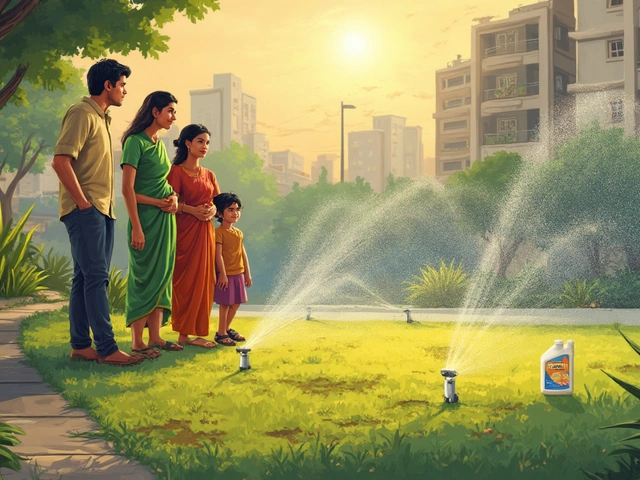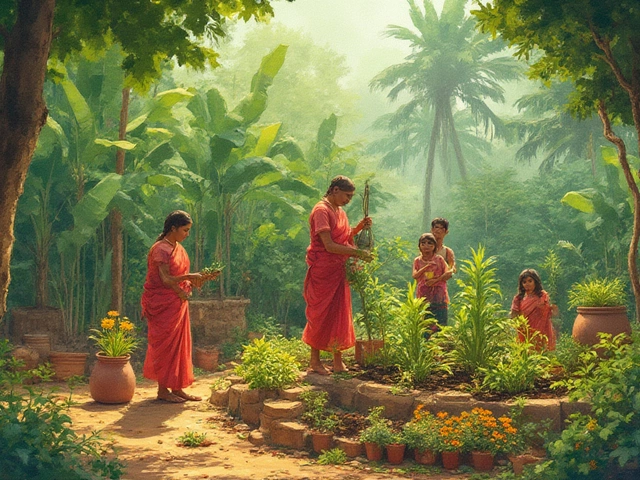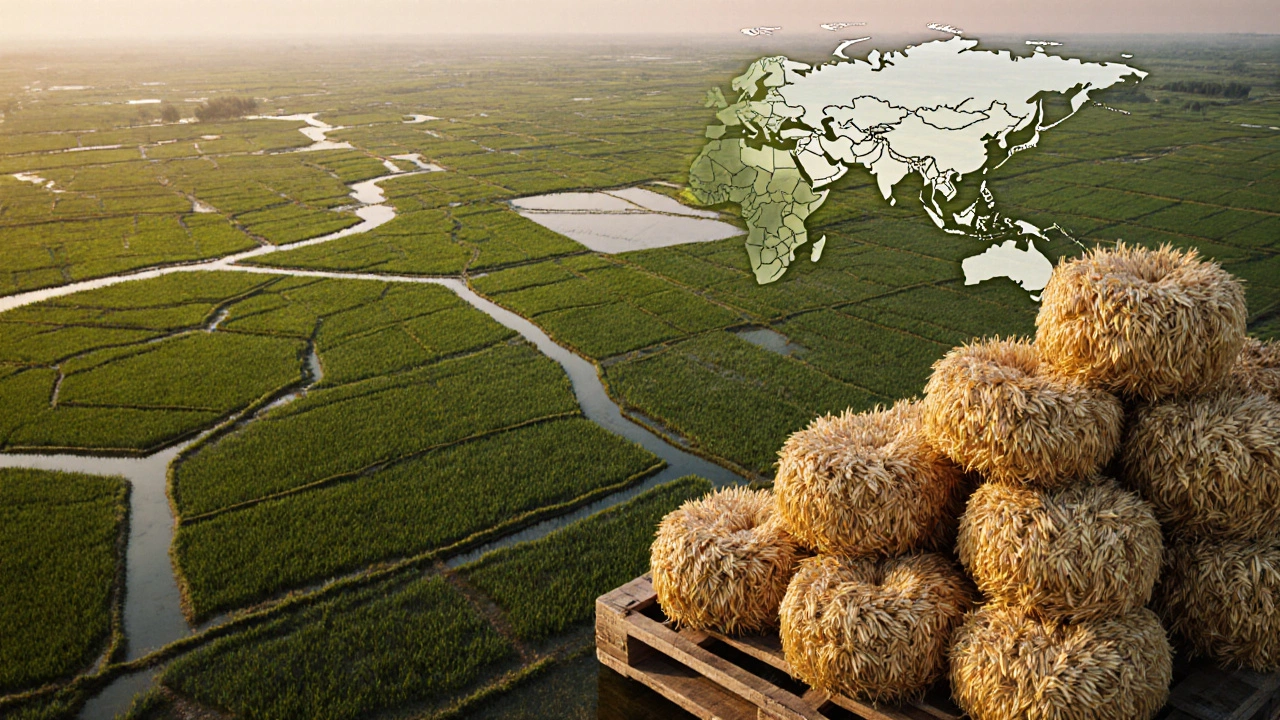Oryza sativa – Your Go‑to Resource for Growing Rice
When working with Oryza sativa, the scientific name for the rice plant. Also known as Asian rice, it is a staple crop that feeds half the world. The plant thrives in specific conditions, and understanding those basics saves time, money, and headaches.
The typical growing environment is a paddy field, a flat, flooded area designed for rice cultivation. This setting provides the water depth rice needs while keeping weeds at bay. However, not every field can become a paddy; soil type matters too. Clayey loam, offers good water retention and nutrient supply is often the sweet spot for high yields.
Key Factors That Drive a Successful Rice Harvest
First, soil depth matters. Too shallow and roots can’t spread; too deep and the water table may delay drainage. Research shows a minimum of 30 cm of well‑prepared soil gives the seedlings room to develop strong root systems. Pair that with proper Oryza sativa water management – a steady, shallow flood for most of the growing season, then gradual drainage before harvest – and you set the stage for a robust crop.
Second, water quality influences plant health. Fresh, low‑salinity water reduces the risk of leaf chlorosis and keeps the soil structure stable. If you rely on irrigation, drip lines buried at about 15 cm work well for supplemental watering during dry spells. They deliver moisture directly to the root zone without flooding the whole field, saving both water and energy.
Third, nutrient balance is a game‑changer. Rice loves nitrogen, but excess can cause lodging – the plants falling over. A balanced N‑P‑K regime (nitrogen, phosphorus, potassium) applied in split doses aligns with key growth stages: tillering, panicle initiation, and grain filling. Organic options like composted rice husk also improve soil texture and microbial activity.
Fourth, pest and disease vigilance protects your investment. Common villains include stem borers, blast fungus, and nitrogen‑fixing weeds. Early scouting, combined with natural controls such as neem oil sprays or trap crops, reduces reliance on chemicals. Integrated approaches keep the ecosystem healthy and the produce safe.
Fifth, timing the planting window matters. In most Indian districts, sowing just before the monsoon harnesses natural rainfall while avoiding late‑season droughts. Adjust the schedule based on local climate patterns – a few weeks off can mean the difference between a bumper crop and a disappointing yield.
Beyond the field, post‑harvest handling shapes the final product. Prompt drying to 14 % moisture prevents mold, while proper storage in ventilated bags keeps the grain quality intact for months. Many small farmers now use solar‑powered dryers to speed up this step, cutting losses dramatically.
All these pieces – soil depth, water, nutrients, pest control, timing, and storage – interlock like a puzzle. When one fits, the others fall into place, and you end up with a thriving rice stand that can feed families and generate profit.
If you’re curious about more specific scenarios, our articles cover everything from rooftop garden soil depth (useful for urban rice experiments) to the risks of the rice business, such as price volatility and weather shocks. There’s also guidance on low‑maintenance garden ideas that can complement rice fields with intercropped vegetables, improving soil health and income.
Ready to put theory into practice? Below you’ll find a curated collection of posts that dive deeper into each of these topics. Whether you’re a beginner setting up your first paddy or an experienced farmer fine‑tuning your system, the resources here will give you actionable steps to boost your Oryza sativa success.
5 Surprising Rice Facts You Should Know
Discover five eye‑opening rice facts covering production, types, water use, nutrition, and modern innovations that keep this staple grain vital worldwide.
About
Rice Cultivation
Latest Posts


Best Houseplants for Beginners and Enthusiasts: Top Choices for Every Space
By Alden Thorne Jun 30, 2025

Most Unsustainable Thing? Grass Lawns and the Gardening Problem
By Alden Thorne May 3, 2025

Sustainable Gardening: Tips to Make Your Garden Eco-Friendly and Self-Sufficient
By Alden Thorne Aug 1, 2025

